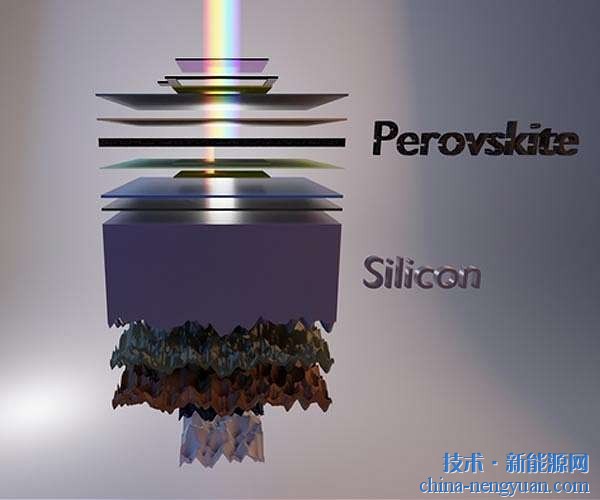 |
Comparison of single-layer and double-layer molybdenum disulfide Raman spectra
Invited by Chemical Society Reviews, a review article of the Royal Society of Chemicals, and authored by the Institute of Semiconductors, Chinese Academy of Sciences, Tan Pingheng and PhD student Zhang Wei, etc., on the phonons and pulls of two-dimensional transition metal chalcogenides. A review paper on the Man scattering is recently published online in the journal (Xin Zhang, Xiao-Fen Qiao, Wei Shi, Jiang-Bin Wu, De-Sheng Jiang and Ping-Heng Tan, Phonon and Raman scattering of two-dimensional transition metal dichalcogenides. From monolayer, multilayer to bulk material, Chem. Soc. Rev., 2015, Doi: 10.1039/c4cs00282b). The Review of the Chemical Society is an important academic journal published by the Royal Society of Chemistry. It is one of the most authoritative academic journals in the field of chemistry.
A two-dimensional transition metal chalcogenide represented by a single layer of molybdenum disulfide (1L-MoS2), molybdenum diselenide (1L-MoSe2), tungsten disulfide (1L-WS2), and tungsten selenide (1L-MoS2). Compounds (TMDs) have been found to possess unique electrical and optical properties.
These materials, as well as the corresponding multi-layer materials, can be obtained by mechanical stripping or chemical vapor deposition. Each layer of material is bonded together by van der Waals interactions. The two-dimensional crystal properties of these materials, the band gap in the visible range, the valley polarization characteristics, the large spin-orbit coupling, and the pronounced exciton properties make them highly promising in nanoelectronics and optoelectronics. The lattice vibrations (phonons) are the basic properties of the material. The two-dimensional material has a unique phononic structure, and these phonons will change significantly with the number of layers, especially in the low-frequency region that characterizes interlayer vibration. As the most common tool for detecting lattice vibration properties and phonon physics, Raman spectroscopy plays an important role in the study of two-dimensional materials such as graphene, TMDs, and boron nitride.
In this review article, the author systematically introduced the lattice vibration and phonon dispersion of MX2 type TMDs, revealing their commonalities from the point of view of symmetry; then introduced the Raman process and its selection rules, elaborated first-order, Second-order Raman scattering, resonance and non-resonant Raman scattering and polarization Raman scattering; then the progress of Raman spectroscopy in the study of TMDs materials is reviewed from both resonant and non-resonant Raman scattering; and the introduction of TMDs under extrinsic interference is described. Raman Spectroscopic Study Results. This article not only systematically introduces the results achieved by the research group in the study of Raman spectroscopy of two-dimensional materials, but also uses the inter-layer vibration mode to characterize the number or thickness of two-dimensional materials on any substrate and studies two-dimensional. The latest research progress in the inter-layer coupling of material heterojunctions is introduced. Finally, the paper also reviews the application prospects of Raman spectroscopy in the study of other two-dimensional materials and heterojunctions. This review has important reference value for researchers who want to engage in or are engaged in two-dimensional materials.
In recent years, the research group has carried out relatively systematic research on the optical properties of two-dimensional materials such as graphene and transition metal sulfides, and has achieved certain results. It has been published in Nat. Mater., Nat. Commun. , Phys. Rev. Lett., Phys. Rev. B, J. Am. Chem. Soc., Nano Lett., ACS Nano and Nanocale.
Emergency Led Drivers,Emergency Battery Backup Led Driver,Led Emergency Backup Driver,Emergency Light Drivers
Foshan Nai An Lighting Electric Co.,ltd , https://www.emballast.com